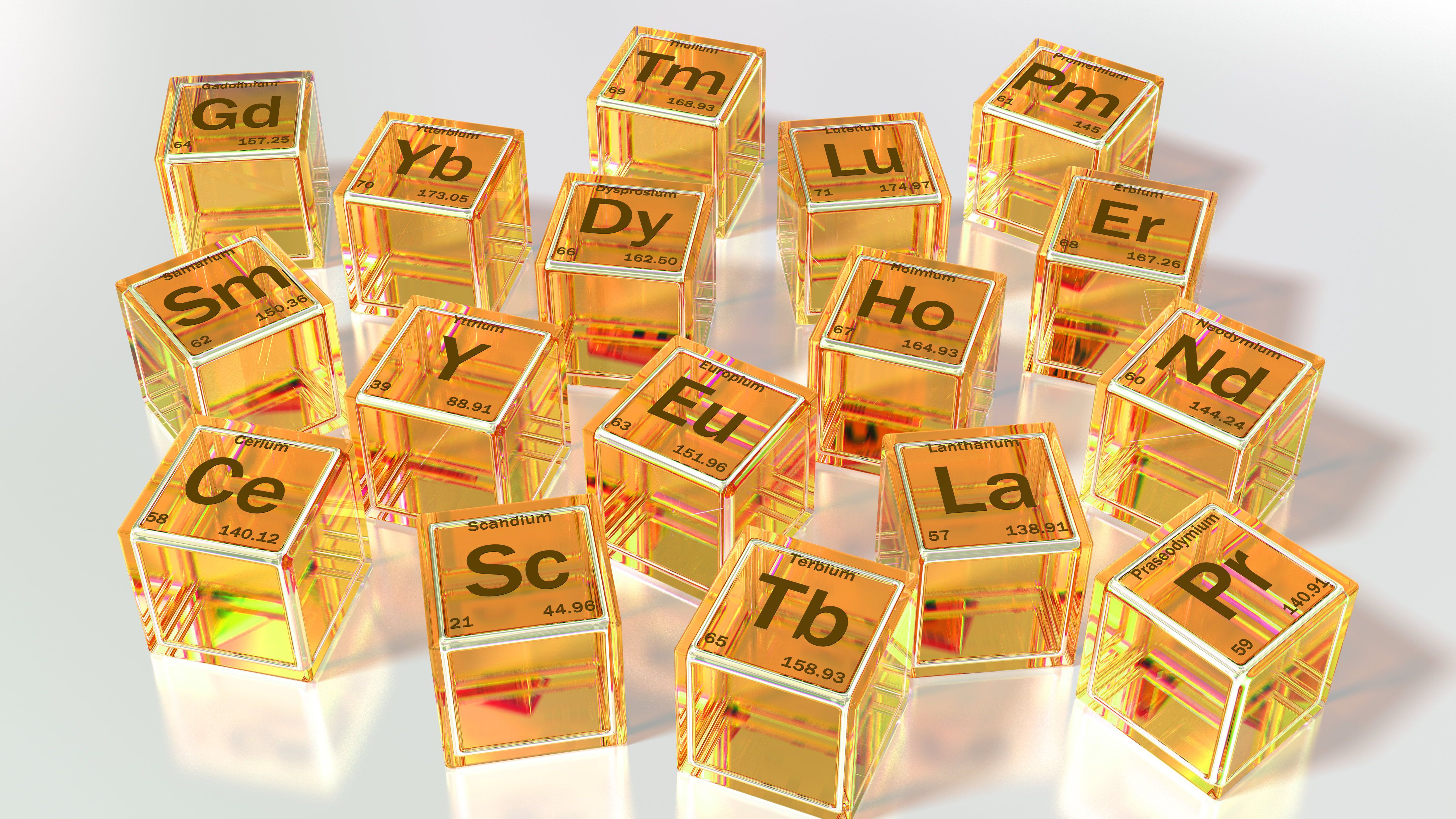Rare Earth Elements and A-level
The rare earth elements (REE) have long been recognised as useful because of their unusual chemical and physical properties. Their natural occurrence is strongly dependent on geological circumstances, and only in a few locations are they found in sufficient quantity and concentration, and in a suitable form and setting, to make their extraction and exploitation economically viable. The rare earth elements have also been of longstanding interest to geologists as tools for furthering scientific research into the origins of rocks and ores and into the chemical behaviour of ocean waters [1].
In recent years, the variety of high-tech applications of rare earth elements has burgeoned, especially in lowcarbon technologies, and demand for them has grown rapidly – a trend which is expected to continue. At the same time, there is international concern about the security of their future supply, their costs, and the impacts this might have [1].
However, the recent development of rare earth elements does not include curriculum development in education. In fact, education opportunities for the rare earth elements are limited in the existing education system. Therefore, we have identified the possible educational opportunities for the rare earth elements in the A-level subjects. We organized different kinds of educational resources such as newspaper articles, reports, podcasts, videos, quizzes, etc. to help teachers and students to learn more about rare earth elements.
What is Rare Earth Elements?
The rare-earth elements (REE), also called the rare-earth metals or (in context) rare-earth oxides, or the lanthanides (though yttrium and scandium are usually included as rare-earths) are a set of 17 nearly-indistinguishable lustrous silvery-white soft heavy metals. Scandium and yttrium are considered rare-earth elements because they tend to occur in the same ore deposits as the lanthanides and exhibit similar chemical properties, but have different electronic and magnetic properties [Wiki]Link opens in a new window.








